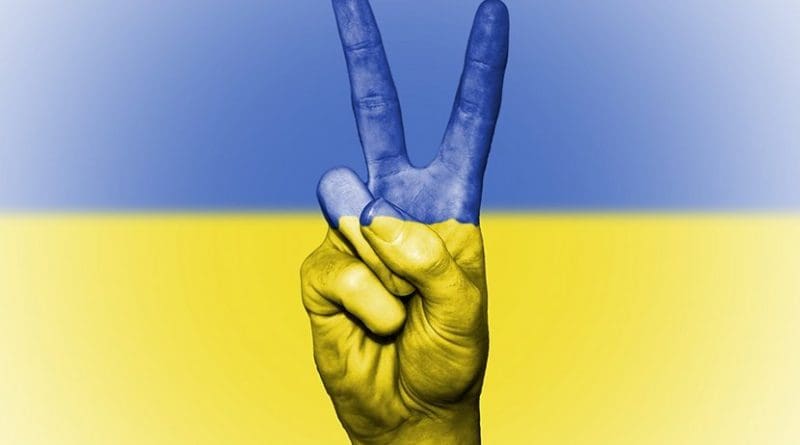When Will The War In Ukraine End? – OpEd
By Anbound
By Chan Kung*
Predicting the beginning and the end of a war is always a difficult task.
Many people would think of the usage of models and data, which would most likely refer to data on combat power, staff computing operations etc. A more advanced approach for some would include the super-complex model such as war games. Overall, the use of these methods depends on the target audience. The approach and delivery are different for the media or academia, in which the use of data would be necessary for the audience to understand and verify the forecasted results.
If the target audience is neither the media nor the academia, the use of different approaches would be necessary. The results would be tested on the battlefield rather than relying on statistics in the decision-making circles. A practical example given here is making predictions through information analysis.
The focus of such analysis, is naturally, information. The first important piece of information about when the war in Ukraine will end is to refer to the news from Moscow that it plans to end the war in September 2022. The second piece of important news is that Russia has about 1,200 to 1,300 missiles in its inventory.
Combining these two pieces of information allows us to do a simple analysis. If we calculate the average number of missiles that Russia uses on the Ukrainian battlefield every day, we find that at least 300 missiles are launched in a month by the Russian army. Now we are in the month of May, and after 5 months, Russia’s missile inventory will be exhausted. This means that, by October 2022, the Russian military will have almost no effective weapons to attack Ukraine. By then, of course, or maybe at a sooner date, Russia will have to attempt to end the war.
A question that naturally follows this is, can’t the Russian army use other methods to continue the war?
The answer is no. Because the Russian Air Force has gradually lost its advantage in the Ukrainian sky, if the air force is used to penetrate the battlefield, the losses will be heavy. Hence, the offensive force that Russia can rely on now is only to project missiles from combat aircraft outside the line of sight. Another approach is to use the small but large number of World War II period artillery to bombard indiscriminately, yet the areas assaulted will be ranging from zoos to children’s playgrounds. Therefore, the Russian army seems to have fewer battlefield options than what most people imagine.
Based on some key information, together with an analysis on the information of Russia’s missile inventory, the conclusion is clear. All indications point toward the end of the war in Ukraine from around September to October 2022.
The accuracy of the forecast will be verified as the event unfolds, and this is positivist style of thinking.
For some people, models and data are the only way to forecast the future, rather than simpler methods like information analysis. In this situation, the outcome may be determined with the use of all available data after the war is over. However, we now have a clear and convincing conclusion used to judge the prospects of war.
*Chan Kung, Founder of ANBOUND Think Tank (established in 1993), Mr. Chan Kung is one of China’s renowned experts in information analysis. Most of Chan Kung‘s outstanding academic research activities are in economic information analysis, particularly in the area of public policy.

